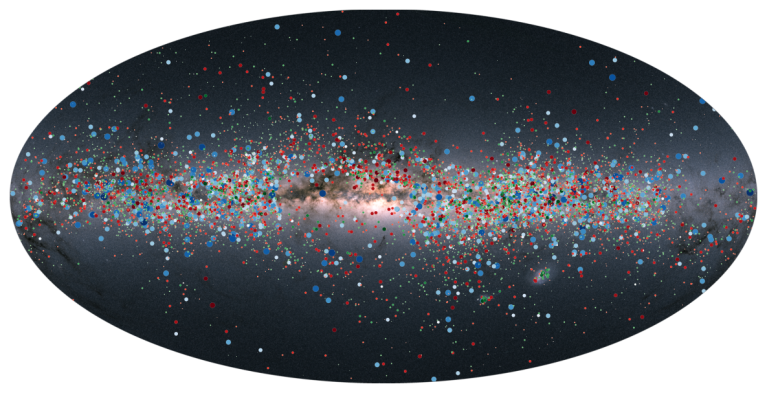The European Space Agency has released the newest data from its Gaia Observatory, detailing over half a million newly discovered stars and over 150,000 asteroids. This new data is part of the mission’s third data release, the first of which dropped back in June of 2022. These new stars are located within Omega Centauri and are just a small handful of the more than 1.8 million Gaia has documented so far in its most recent observations.
Omega Centauri is the largest globular cluster of stars visible from our planet and is found roughly 17,000 light-years from Earth. The cluster measures roughly 150 light-years wide, and the newly discovered stars are 15 times fainter than those the ESA previously uncovered here.

Overall, the ESA says that Gaia has uncovered the existence of 526,587 new stars within the Omega Centauri region. There are at least nine crowded regions in the area, and the observatory can now see more than ten times the number of stars in the cluster’s core. The new data not only patches holes in the observatory’s mapping, though. It also gives us new data to work with in understanding star formation and development.
The new data captured by Gaia’s discovery of these new stars will allow us to study how the stars are distributed and how they’re moving. The finding also exceeds Gaia’s planned potential, the ESA revealed. These new stars also mark one of the most crowded regions Gaia has observed within this space area thus far.
But Gaia wasn’t actually designed for cosmology. The observatory has been in orbit since 2013, and while it wasn’t designed to look for stars, it has proven very useful at the job, discovering so many stars throughout its various data releases. With it, the ESA has also created a massive galactic map of the Milky Way, which showcases our galaxy like never before.








